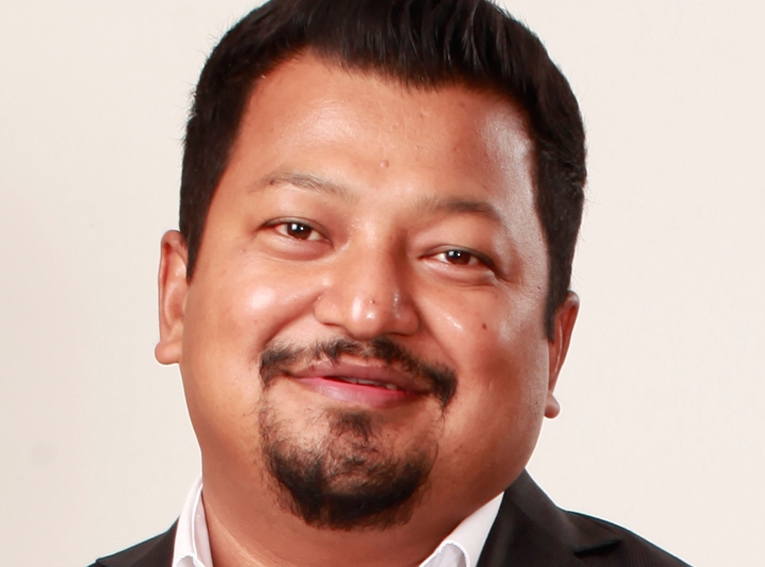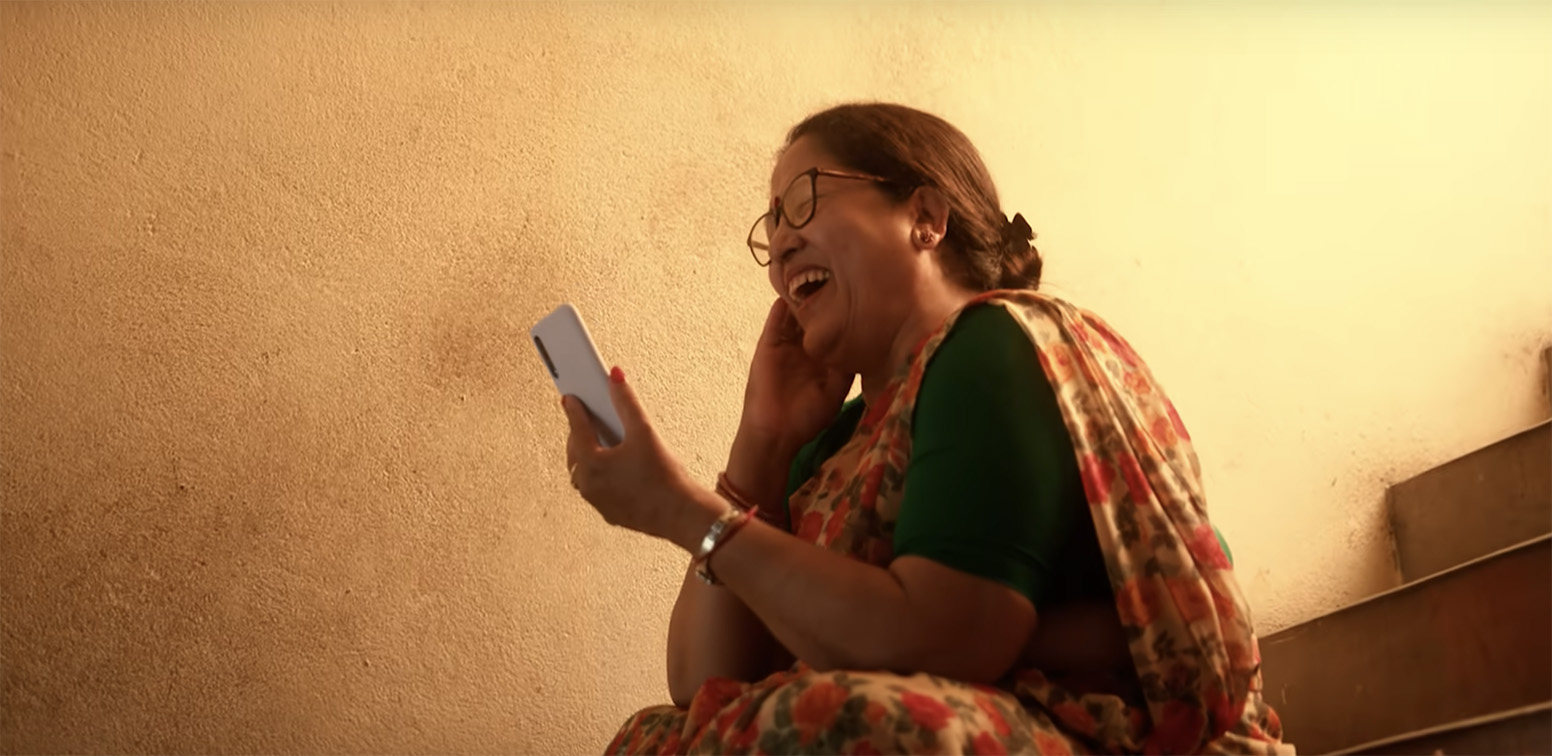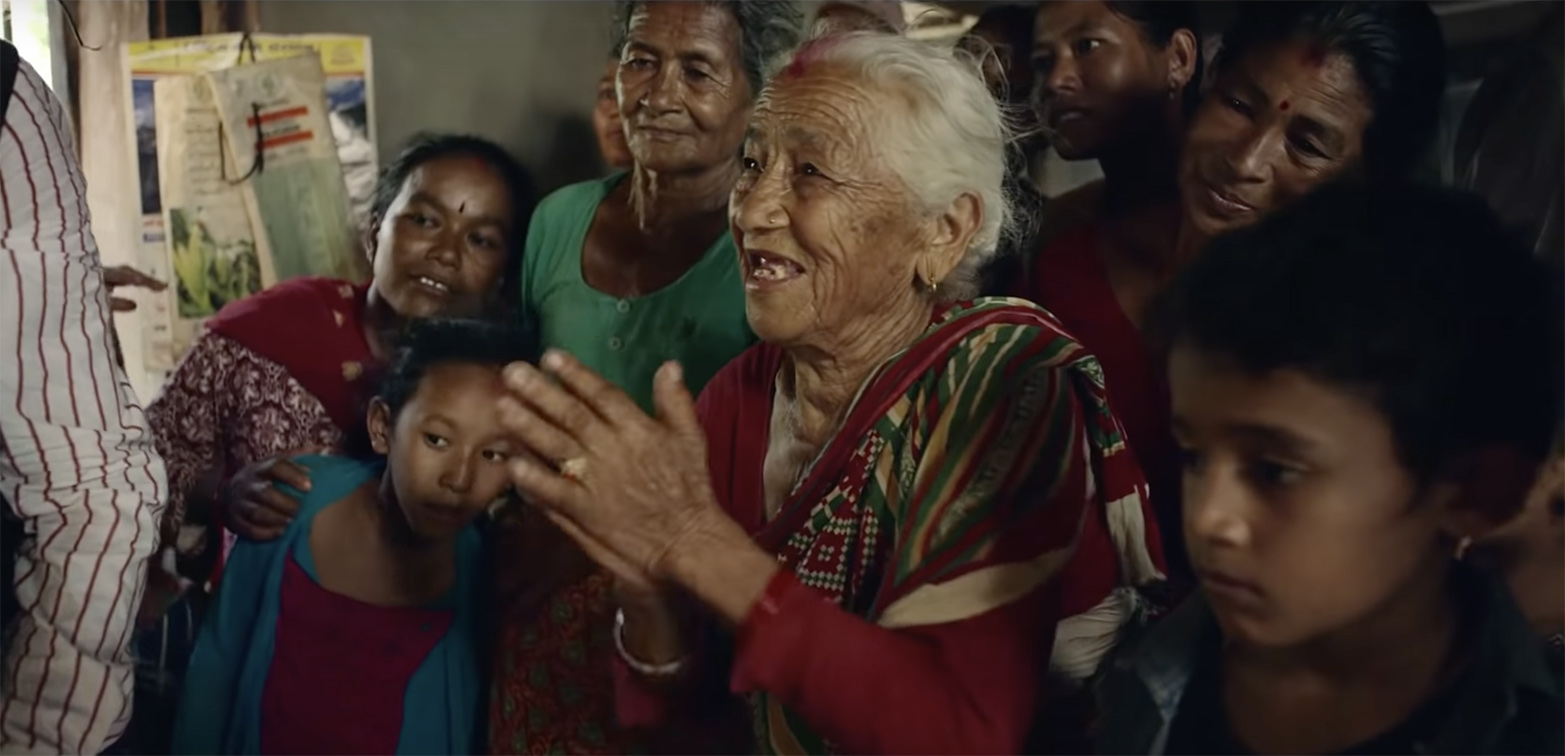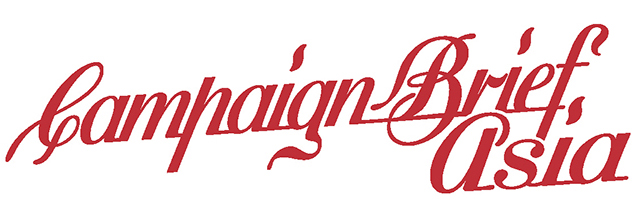Postcard from Nepal: Ujaya Shakya on leveraging branded content is what Brand’s need

You don’t open a newspaper to see an ad. You open it to read the news. Writes Ujaya Shakya (pictured), Managing Director of Outreach Nepal.
Similarly, you don’t watch television for TV commercials. You watch it for your favorite shows. And you browse Facebook to network with friends or YouTube contents to entertain. Ads just happen to be there everywhere. That’s the general human nature or nature of our media consumption. There was always the option of remote control in TV and with digital it has become more sophisticated, now you can easily block the ads (with ad blockers). That’s where the importance of content marketing has begun.
Advertisement is “what we want people to see” Vs Content is “what people want to see for themselves”. Consumer from the very beginning is less skeptical about content, but more skeptical about the ads. The moment a consumer knows it’s an ad – they want to skip it.
In fact, the importance of content marketing has always been there from very before. I feel, digital marketers were able to leverage it more as there was no restrictions of seconder-based costing once internet platforms like YouTube became part of our life. During our TV generations, the cost implication for such long format content would have been much higher as seconds-based costing was largely practice. For example: Guinness World Records (originally the Guinness Book of Records) has always been there way before the content marketing terms is coined by the marketers like us. It started out as an idea for a book of facts to solve arguments in pubs. The logic is when people went to the pub and got drunk, there were bar fights discussing silly topics like – what’s the deepest ocean in the world or the tallest person in the world – so to stop these bar fights – they came up with the brilliant concept to publish this book of facts – you can just open and resolve it. I feel, this is an excellent concept of Branded Content or Content Marketing which started way before the concept of digital marketing started to become popular among marketeers.
There is also a marketing myth that people do not want to see long format ads. We have been producing one-minute TV commercials and later breaking them to 30, 20 10 seconders to optimize our media plan. And with advent of digital media, now we have a new challenge to produce 6 seconders digital ads – the excuse we have, is in digital, they will skip the ad so it has to be shorter.
Dashain is the most celebrated festival in Nepal and during this time, people like to be around their families. Last year during Dashian, Ncell, one of the largest telecom brands in Nepal, launched a 5-min video which depicts an emotional story between Grandma & Grandson relationship. Because of covid restriction, people could not travel. Ncell took this opportunity to tell the human relationship story of Grandmom & Grandson. It is one of the highest viewed long format branded video produced in Nepal shared by many across social media with emotional messages and appreciate for the idea.

Alike was the case of the new beer brand, Arna, which struggled at the beginning as there were already more dominant players in the market. But things started to change drastically for them once they launch a song called “Chiso Chiso Pani” – youthful music video – another long format content of almost 4 min. The song literally became viral with over 14 million views in YouTube alone and thousands of TikTok User Generated Content (UGC) around this song make very high brand recall for Arna Beer.
Similar was a response for the Dove AV that was produced on the occasion of women day this year – #YouAreMoreBeautifulThanYouThink inspired by their global theme of Real Beauty. If I remember correctly, the global version of Dove Real Beauty Sketches is one of the most viewed branded content in the world with over 70 million YouTube views. Likewise, the response for Lifebuoy anthem produced for Nepal with finalist of The Voice Kids Nepal – TV Reality show and #HamroNamaste poem recited by Nepali Super Star to welcome back home for the migrant workers produced by Unilever n Unicef jointly.
Tata Youdha also created four stories inspired by the life of their customers which was also much appreciated even though each video was almost 2 min long.
VIEW THE FIRST STORY
VIEW THE SECOND STORY
VIEW THE THIRD STORY
VIEW THE FOURTH STORY

One such global brand that does it beautifully is Red Bull with all the adventure sports they have been doing. Similar is the case of Aston Martin and James Bond movies – living in the third world country, we still know about Aston Martin cars because of the penetration of James Bond movies across the region.
There will always be audiences for different types of content – stories, movies, poem, anthem, stand-up comedies, sports etc. Marketers will have to continue finding clever ways to be part of these till our audiences are engaged with these different formats of contents.
Moreover, I feel, marketers have cleverly found their ways to create branded content which help us to build thematic connections creating brand love with our consumers. Branded content is very good in building brand salience in the process helping us to enhance brand equity. Of course, there has to be fine balance. Otherwise it will be outrightly rejected. Overly branded content does not become branded content anymore – they become advertisements again.

1 Comment
Thank you so much for writing and sharing such a thoughtful article with deep analysis and examples. From a 30 second commercial, we have moved into 30 minute short films by beautifully incorporating brands in the story line. Time is changing, the formats are changing and so is changing the nature of branded content. ?????